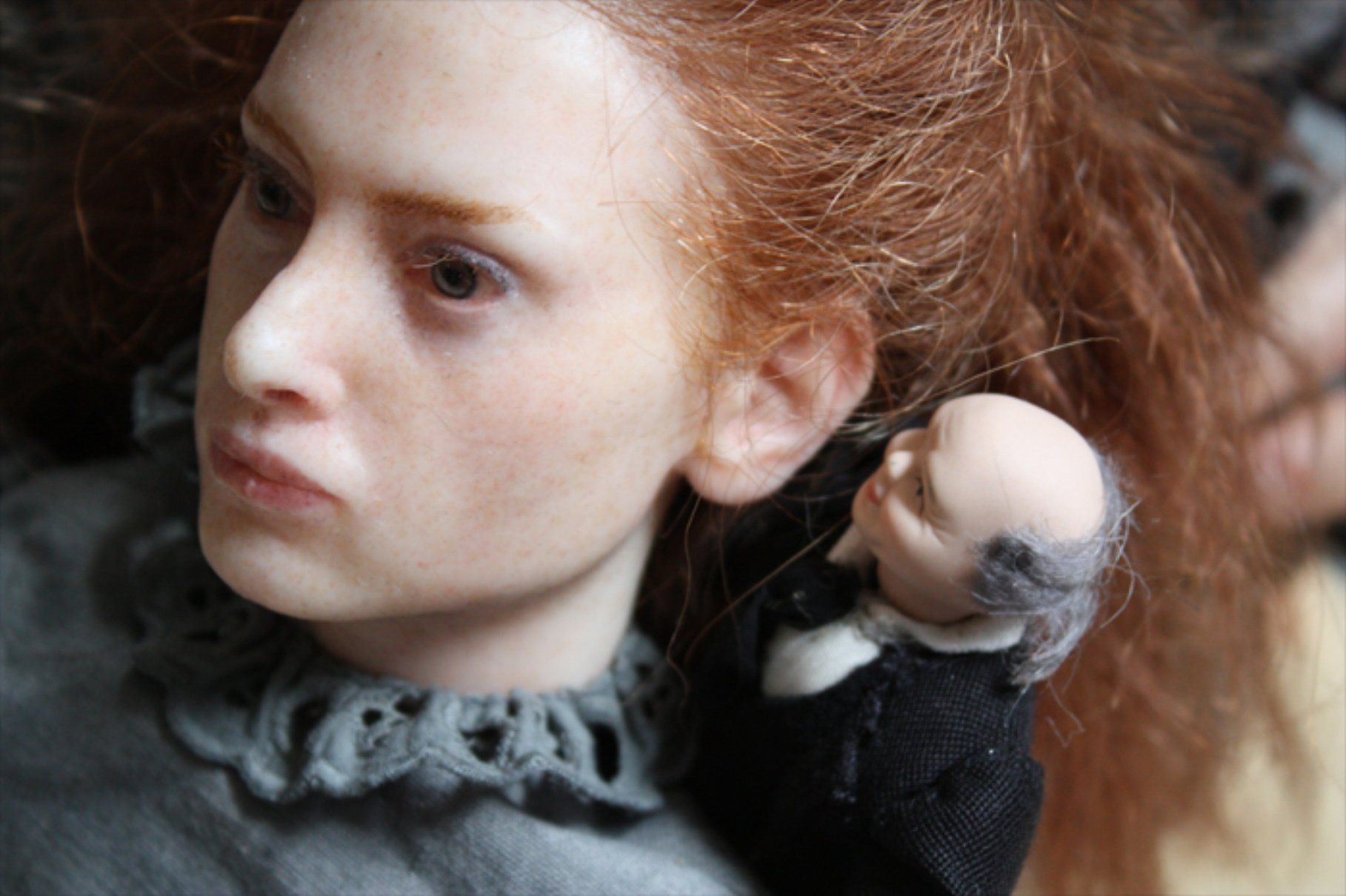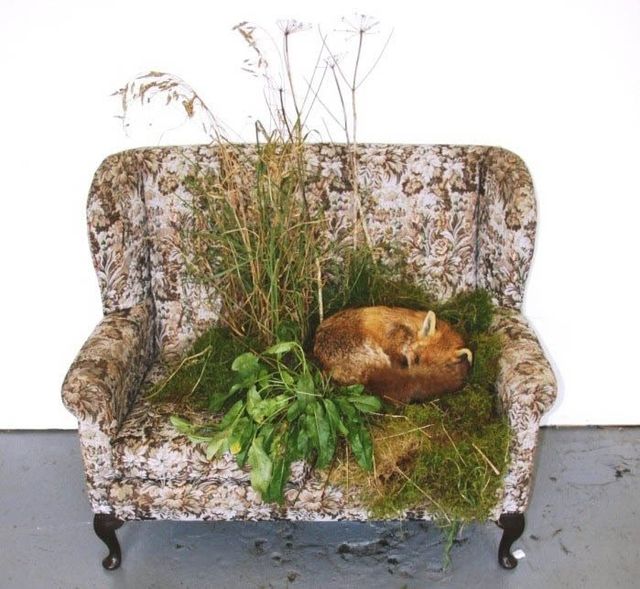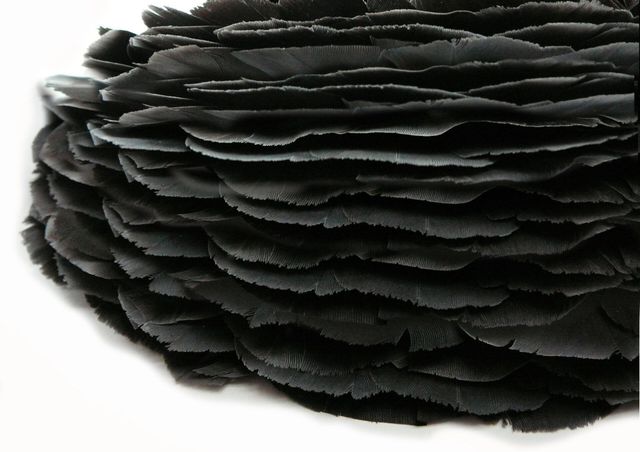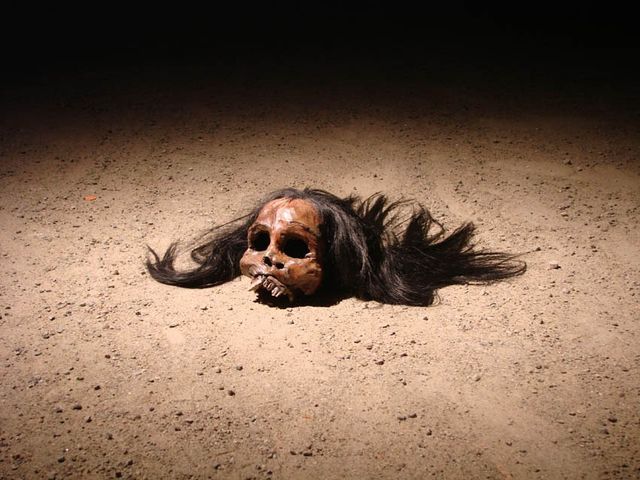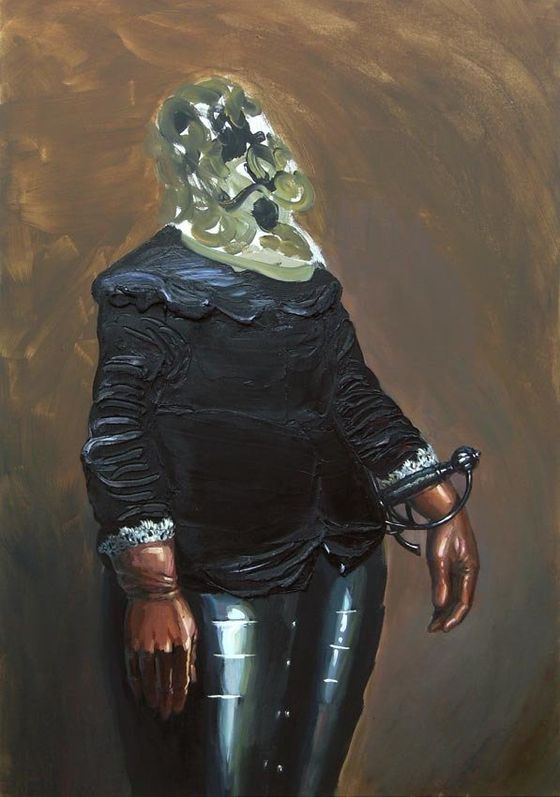ALICE ANDERSON
Alice Anderson uses her triple cultural background (French, Algerian and British) to create Art based on her fictional childhood memories. Working from sculpture to film, she presents Time as her most significant working material. Memory is shown as the ‘master of fiction’ as she plays with the dislocation of time in the same way that children construct parallel worlds. Her work triggers certain recollections reinventing memories of her childhood.
Alice Anderson (b 1976) studied with Christian Boltanski at L'Ecole des Beaux-Arts, Paris, and graduated from Goldsmiths College, London, where she lives and works. In 2010 her work was exhibited at Tate Modern London, Centre Georges Pompidou, Paris, Nichido Contemporary Art, Tokyo, Riso Art Museum, Sicily, National Taiwan Museum, Taipei, Fondation Agnes b, Paris, Cinémathèque Française, Paris, Busan Biennale, South Korea, and Riflemaker, London

